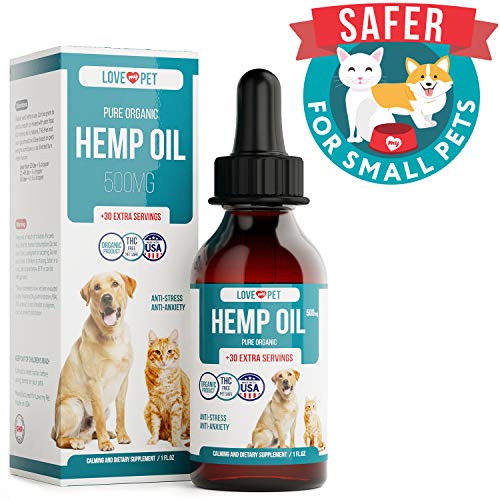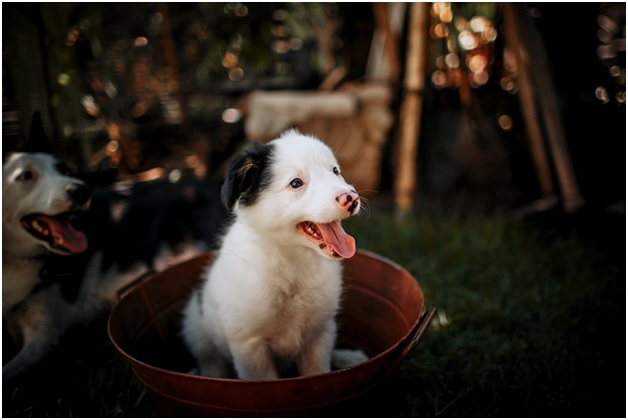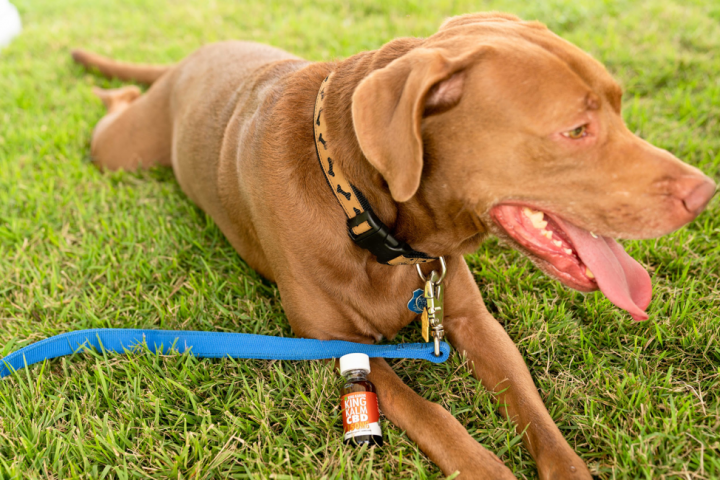CBD Products- Edible Choice for Better Health
There are many things that one can do at the moment while sitting at home due to the lockdown period infused by Covid-19 that has taken a turn for the worse and the citizens that were already grappling with various health challenges, found a new worry that they have now learnt to live with.
Speaking of the health challenges involved, there are many to speak of and surprisingly the mental issues like stress, tension and depression far outweigh the physical exertions induced by work pressure because the quantity of the former is way too much to handle while the latter only makes you a person with stronger willpower.

Luckily, for every problem there is a solution in the offing and in this case we have Cannabidiol products that do an excellent job in taking care of such everyday ailments that have sadly become the part and parcel of our lifetime and cease to exist only with death.
Brief Study
Before getting into the CBD edibles debate, let it be informed that the writer does not claim to be an expert in health matters but is simply trying to showcase the little knowledge that he does possess on CBD products purely based on experience and we all know that sometimes, it counts way more than bookish definitions.
Nobody has the patience to pick up a random book on CBD and blindly cram everything into their head especially with the social media savvy generation that gets the creeps on seeing a large thick book although they won’t say no to Harry Potter.
CBD is purely taken from extracts of cannabis products that come from areas that have good climatic conditions and what better than mountain locations to do the job even though they are scarce in the United States.
Therefore, it is imported from other nations where the conditions are pretty good and it is not to say that it isn’t the case in US but just that Europe and Asia are a tad bit better.
Types of Goodies
It isn’t that difficult to make up a list where you have all the CBD goodies added to a convoluted mixture because most, if not all, have pretty much the same or rather similar results on people that use it on a daily basis.
What we shall look at now are the types of edibles that we can get so that many ailments can be toned down and elderly folks get to live a carefree lifestyle devoid of pain and suffering in their last days.

CBD Gummies are excellent and are called Yum Yum brand based on the popular candy that is available and even this one has a similar taste as it melts in the mouth in a few minutes of suckling and because it comes with different flavors, its sales are pretty high.
CBD Honey is a product of highly potent value that provides you with inner strength and vitality both during the day and at night in bed because girls are pretty demanding nowadays.
CBD Chocolate is a popular choice for people with a sweet tooth that they eagerly lap up in a jiffy.








